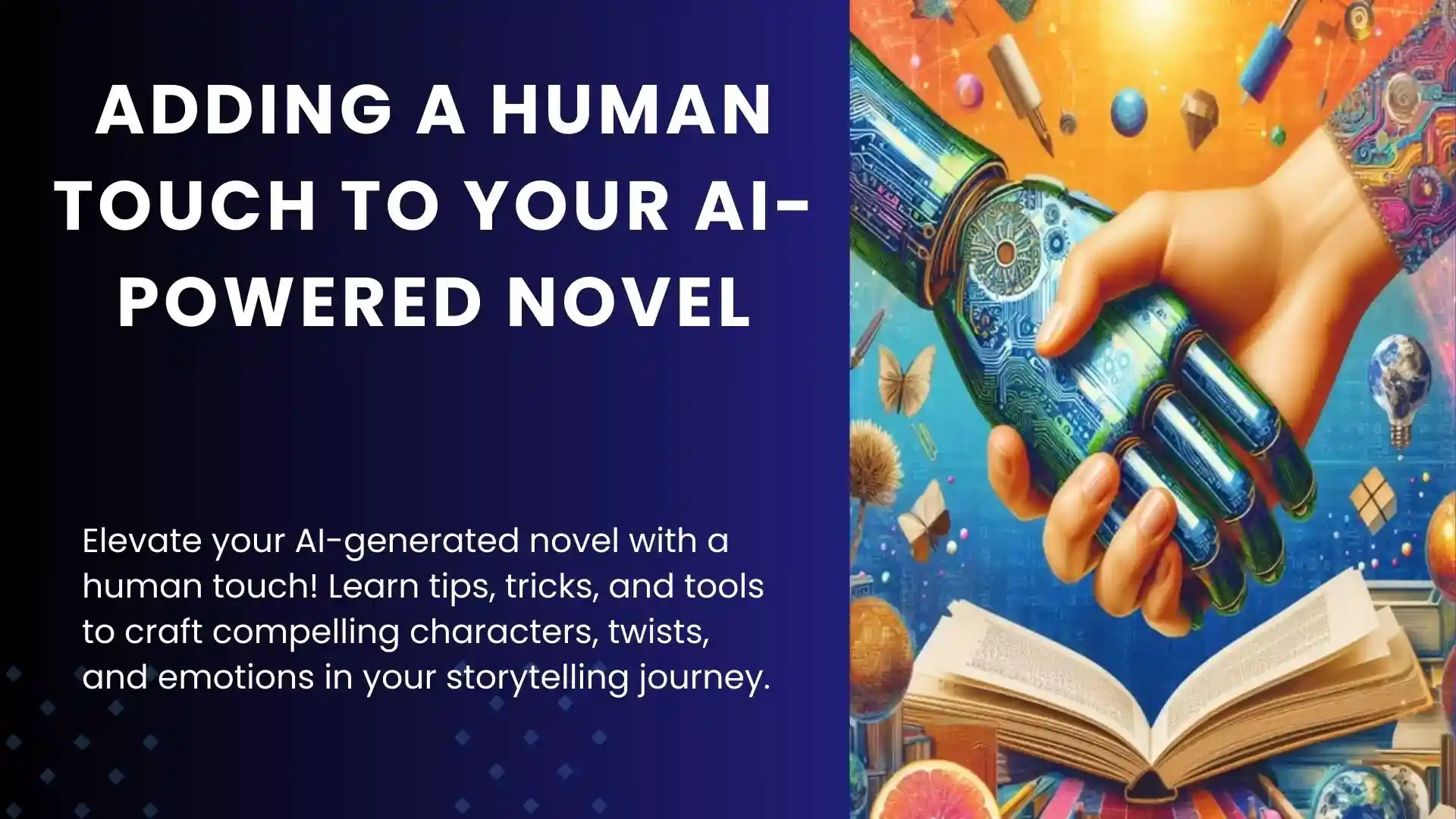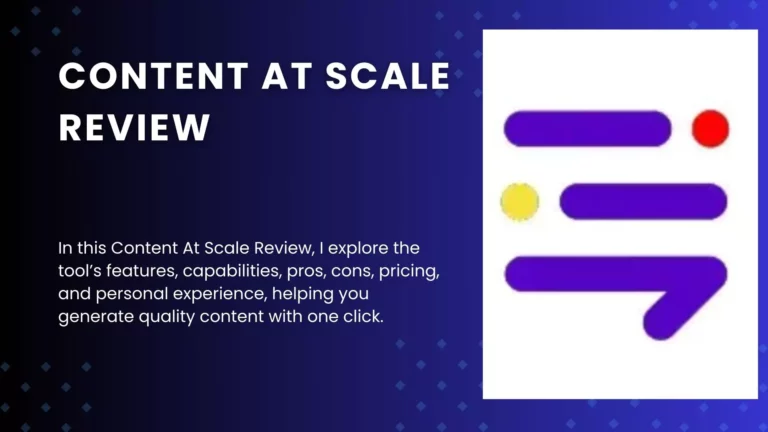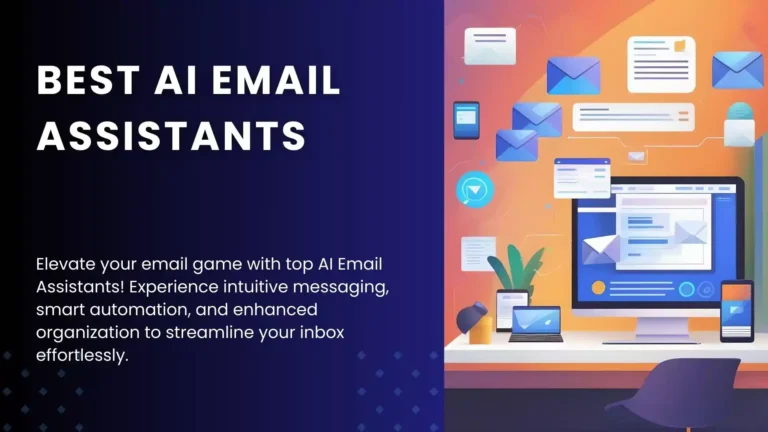Beyond the Bots: Adding a Human Touch to Your AI-Powered Novel (for Beginners)

Have you ever eagerly generated content for your novel from an AI-writing assistant, only to find that it felt a bit stale and impersonal? I’ve been there!
The grammar may be flawless and the plot intriguing, but often, something is still lacking, right?
The characters just don’t feel like real people you can connect with emotionally, and the dialogue feels stilted and robotic, unlike how actual humans speak.
And the story tends to be predictable, always heading exactly where you expect, without much surprise.
I don’t know about you, but I want my writing to draw readers in and speak right to their hearts! I want characters that feel like real people and have depth.
Conversations that show unique personalities and witty lines that make me laugh. A story filled with twists that even surprise me as I write it!
So, how can you add a human touch to your AI novel?
In this beginner’s guide, I’ll share the tips I use to make the characters feel more unique and real and craft twists that hook readers.
Let’s go!
Key Takeaways
- Challenge Expectations: Break away from predictable plots by introducing unexpected twists and emotional stakes to keep readers engaged.
- Authentic Dialogue: Craft conversations that reflect individual personalities, using humor, banter, and natural interactions to avoid robotic dialogue.
- Overcome Writer’s Block Strategically: Use AI for brainstorming, set specific writing goals, and take breaks to combat writer’s block effectively.
- Balance AI Efficiency with Human Touch: Leverage AI for inspiration without compromising your unique voice and creative control in crafting compelling narratives.
- The Rollercoaster of Suspense: Keep readers hooked with a rollercoaster pace, alternating between fast and slow sections and ending chapters with cliffhangers for continued engagement.
Embracing the Challenge: Understanding AI’s Limitations
AI story generator tools are fantastic at helping with the initial content creation process, including proper grammar structure and initial ideas. But some key elements need our personal touch to make stories genuinely impactful.

In many AI novels I’ve read, the characters lack depth and complexity. Their struggles, relationships, and emotions aren’t always conveyed in a relatable way.
Plot points often follow familiar narrative arcs without surprise twists or tension since AI algorithms tend to string events logically rather than crafting suspense.
For example, I recently read an AI fantasy story. It was about a hero who fought evil and saved her village.
Exciting stuff!
But as I read it, I just didn’t feel connected to the main character. Her personality and motivations weren’t well-explained beyond being the typical “chosen one”.
I could even predict the path the story was heading – that made me put the book down!
I wanted more inner conflict and unexpected twists – not just empty action scenes. I was hoping for some fun surprises in the plot instead of predictability.
I imagined how the human touch could make this AI-generated story truly irresistible!
I know it can feel scary editing an AI’s hard work. We don’t want to lose the awesome foundations AI helpers built or constrain creativity when adding that human touch to AI content.
But by adding your own human touch to AI-generated content, you can create characters that feel real and stories that resonate with readers.
Imagine it as adding flavor to food – AI gives us great ingredients and the recipe, and we sprinkle in the perfect bit of spice!
Building Blocks of Humanity: Add a Human Touch to Your AI Novel
1. Character Craft: Bringing Your Characters to Life
Ever read a story and felt like the characters could be your next-door neighbors or long-lost friends?
Characters are the ones readers laugh with, cry for, and cheer on, and making them feel real is where AI systems need your magic touch.
Let’s see how.
- Uniqueness is Key
First, give details about their hobbies, habits, or past experiences that shape who they are.
For example, Sara could make indie movies on weekends just for fun. Or Mike is scared to swim even in pools.
These small details paint a picture of who each of the characters is.
- Growth and Change
People aren’t static; they’re constantly evolving. Show your characters making tough choices, learning from mistakes, and changing over time.
Let them struggle with internal conflicts, facing fears, and chasing dreams. These journeys are what make us connect with them, cheering them on as they grow.
- Emotional Depth
Don’t just tell us characters are happy or sad – show us! Let their fears gnaw at their insides, joy burst out in laughter, and their anger show in their eyes.
Use internal monologues, vivid descriptions, and their reactions to events to paint a picture of their emotional landscapes. This is where your story truly comes alive.
- Conversations that Sparkle
Dialogue isn’t just exchanging information, it’s a dance of personalities. Make your characters’ conversations reveal their thoughts, feelings, and relationships.
Use humor, banter, and even awkward silences to showcase their unique dynamics.
Remember, real people don’t talk like robots – they stumble, interrupt, and sometimes say things they regret.
2. Plot Twists and Turns: Unleashing the Unexpected
Ever read a story where you thought you had it all figured out, and then—bam! Something unexpected happens? That’s the magic of storytelling. Here’s how to weave that magic into your AI-generated tale:
- Challenge Expectations
Imagine your readers leaning in, eager to see what happens next.
Then you throw a big plot twist their way, and…bam! Zoe, the main character, quits her ice hockey team to bake cupcakes instead!

Your readers gasp, never imagining the brave team captain would choose that!
When you surprise readers like this, it’s exciting and makes them want to keep reading to see what you’ll twist up next!
Keep your readers on their toes, and they’ll be glued to every word.
- Emotional Stakes
Ever felt your stomach twist when a character has to pick between two tough choices?
For example, when Sakura has to decide whether to leave home for her dream ballet school or stay and take care for her sick dad?
That nervousness and excitement are what we want to create!
Make readers feel pulled right into the story by having characters face problems or dilemmas. Let them struggle with things readers worry about in real life too.
Describe characters weighing big risks and consequences so readers feel those choices deeply.
Should Jerome tell the truth and maybe lose his friend? Should Nora move across the country even if it means leaving her boyfriend?
When readers can relate so much, it’s like they’re friends with the characters; that’s when they fully care and have to know what happens next!
- Building Suspense
A good story keeps readers excited without giving everything away too quick, right? I think of writing like a rollercoaster ride – fast, thrill-packed sections mixed with slower build-ups.

In action or scary parts, events can rapidly unfold like the coaster plunging downhill.
Other times, I slow the pace and drop hints about what’s ahead. This keeps readers curious about what surprises are coming!
I also end some chapters on cliffhangers before a big reveal (those moments that make readers really want to keep reading and find out what happens next).
Like when the brave explorer Lara discovers a mysterious door – then stops! Readers will want to keep going to see what she finds behind it.
Anticipation makes them eager to keep reading through every loop and twist your rollercoaster takes!
Overcoming Writer’s Block
So you wrote some excellent chapters using AI help. Then you made them even better by adding your own stories and human touch. But all of a sudden, you get stuck.
I’ve totally been there!
Staring and staring at the blinking cursor, willing the words to flow but coming up empty.
First, we must acknowledge that writer’s block can happen anytime and to anyone.
Combining the efficiency of AI with finding our own voice can prove uniquely challenging.
It’s easy to get frustrated, but be patient with yourself.
Some tricks I find helpful to get unstuck:
- Brainstorming with the AI output as a starting point.
When I get writer’s block, I ask my AI friend to spark fresh ideas. The key is first setting the stage to offer useful “what if” prompts.
I’ll describe exactly where I’m at in the story by saying something like, “I’m currently at the part where my main character Sam has just discovered the old map leading to the hidden treasure. I want prompts for what could happen next as Sam tells his best friend Diego about it.”
By describing where I’m at in the story (Sam just found a map to treasure) and the vibe I’m aiming for (he’s telling his friend Diego the exciting next steps), I’m giving the AI context to generate ideas that fit with that moment in my story.
Equipping my AI assistant with those details guides it to provide prompts tailored to the specific situation I need ideas for, rather than generic writing prompts. It makes the prompts super useful for getting unstuck!
- Setting specific writing goals
When staring at the blank page and blinking cursor, it’s easy to feel overwhelmed, right? My brain freezes up, wondering where to start.

What helps me is making a simple bullet-point list of little writing quests for the day – small, specific fun scenes I aim to create.
For example, when I was stuck on my story about friends Viv and Zack finding a magical compass, I wrote:
- Vivan shows the glittery compass to Zack.
- Zack doesn’t believe it works.
- Vivan makes the compass point to the ice cream shop.
I then picked one bullet quest and told myself, “Okay, I’ll write for 15 minutes and see what happens with Zack not believing Vivian!”
Tiny steps like these get me started but lead to big fun later. Give it a try next time you feel blocked!
- Taking breaks and revisiting the work later
When I feel stuck writing, taking a break to clear my head helps a lot. I’ll go for a walk around the block, listen to fun music, or just daydream out the window.
Anything that gives my brain space from writing allows new ideas to slowly form.
After chilling for a bit, I sit back down with my story feeling refreshed.
It’s like giving a garden time to grow – the ideas start popping up everywhere when I return! Short breaks let me relax so I can write with energy again.
Overcoming Common Fears
1. The concern of “ruining the AI’s work.”
I know it can be uncomfortable editing an AI-generated content. We may worry we’ll diminish what the AI model has created or lose control of the story.
But you do not have to fear – when you add a human touch to your AI novel, it makes these tales even richer!
2. Importance of the Author’s Voice and Creative Control
First, understand that your unique voice and creative vision are the special ingredients that elevate basic AI foundations into compelling novels.
The AI handles lots of important stuff – it makes sure all the grammar makes sense, puts everything in good order, and comes up with a basic story idea to build from. Nice!
But we humans need to add the extra fun flair – we create interesting characters, exciting big moments, and beautiful descriptions that pull readers in deeply.
3. Tips for Balancing AI Efficiency and Human Touch
- Use AI for prompts and inspiration.
A content creation assistant will help you generate character concepts, plot twists, or setting descriptions to spark your creativity. You should think of it as a brainstorming partner with a vast knowledge base.
- Never sacrifice your story for efficiency.
Don’t force your plot to fit an AI-generated template. Let your story unfold organically, guided by your own intuition.
- Embrace the Collaborative Journey.
View AI as a creative partner, not a competitor. Enjoy the collaborative process of exploring ideas, refining concepts, and building a world together.
- Always remember AI can’t replace the magic of human storytelling.
Your emotions, experiences, and imagination are what makes your novel unique. That is why you should use AI as a tool to enhance your story, not replace your voice.
The best AI Humanizer Tools to help create better content
So far, we’ve covered many organic, creative techniques to make AI-generated novels shine with human depth, from richer characters to unpredictable plot points that captivate readers. But what if, with the help of some special tools, you could further your characters and plots even more lifelike and relatable?
This is where AI humanizer tools come in. These assistants transform AI-generated text into something that reads more naturally and engagingly like that from a human writer.
Here are some top humanizer services to have on hand:
| Tool Name | What it does | How does it humanize AI content |
| Undetectable. AI | Rephrases text to reduce AI detection, aiming to make it undetectable by plagiarism checkers. | It uses advanced paraphrasing techniques, sentence reordering, and structural changes to create a more natural language flow. |
| HideMyAI | Similar to Undetectable.AI, HideMyAI focuses on bypassing AI detection algorithms and humanizing text to avoid plagiarism flags. | It offers custom keyword replacement options and allows you to specify desired output styles for more control over the humanization process. |
| QuillBot | It paraphrases, summarizes, and cites text with multiple modes for different levels of creativity and fluency. | Its paraphrasing features can help make texts more natural and engaging. |
| Content At Scale | It generates large volumes of content using AI, with optional human-in-the-loop editing and optimization features. | While its core functionality is content generation, its human editing options can contribute to a more humanized output, crafting content that resonates with readers. |
| Claude | It excels at generating natural and engaging dialogues, paraphrasing text, and creating various creative text formats with unique stylistic nuances. | Its ability to inject humor, wit, emotional nuances, and adapt to different tones contributes to humanization, particularly in conversational content and creative formats. |
Conclusion: Adding a human touch to ai-generated content
So, why add a human touch to your AI Novel? Think of it like adding sprinkles to ice cream – it makes the whole thing so much tastier and more fun!
Sprinkling in details that make your characters real, throwing in unexpected twists that keep readers guessing, and adding emotions that make them laugh and cry – that’s what makes a story truly special. And that’s where you come in, human!
By embracing the power of both human writing and AI-generated content, you can generate incredible results that people love. With your unique writing style as the guiding force, you can craft stories that are efficient to produce and deeply resonate with your readers.
I encourage you to dive in and experiment! Use my tips to flesh out your characters, surprise your readers with unexpected turns, and pour your emotions into the story. You might be surprised by what your AI assistant helps you create when you work together.
Frequently Asked Questions (FAQs)
What is AI-powered writing, and how can I use it for my novel?
AI writing tools generate text based on your prompts and settings. You can use them to create initial story ideas, outlines, chapter drafts, or even dialogue prompts. Think of it as a brainstorming partner with a massive knowledge base.
How can I create unique dialogue for each character?
Use humor, banter, and even awkward silences to showcase their individual personalities and dynamics. Remember, real people don’t speak like robots – let them stumble, interrupt, and express themselves authentically.
What are the benefits of adding my human touch to an AI-generated novel?
Your human touch makes the story richer, more engaging, and deeply personal. You create characters readers connect with, weave surprising plots that keep them guessing, and evoke emotions that leave a lasting impact.
Do I need special technical skills to add a human touch to AI writing?
No specialized skills are required! With just your own creativity and storytelling instincts, you can start enhancing AI output through deeper characterization, unpredictable plotting, and immersive settings. Focus on what engages you as a reader.
Is AI writing actually taking over? Will writing careers be replaced?
Not at all! AI writing tools are valuable for efficiency and generating initial ideas, but they lack the human touch and creative depth needed for truly compelling novels. Your role as a writer remains vital in crafting unique characters, injecting emotions, and shaping the narrative into a powerful story.
My AI-generated plot is too predictable. How can I surprise my readers?
Challenge their expectations with unexpected twists, turning points, and emotional stakes. Don’t shy away from difficult choices and dilemmas that resonate with readers. Build suspense with cliffhangers and pace your story like a rollercoaster ride.
What are the biggest challenges of writing with AI and how can I overcome them?
AI struggles with character depth, unpredictable plots, and emotional resonance. To overcome this, add details about your characters’ personalities and pasts, craft surprising twists based on your own intuition, and inject your own emotions through vivid descriptions and internal monologues.






